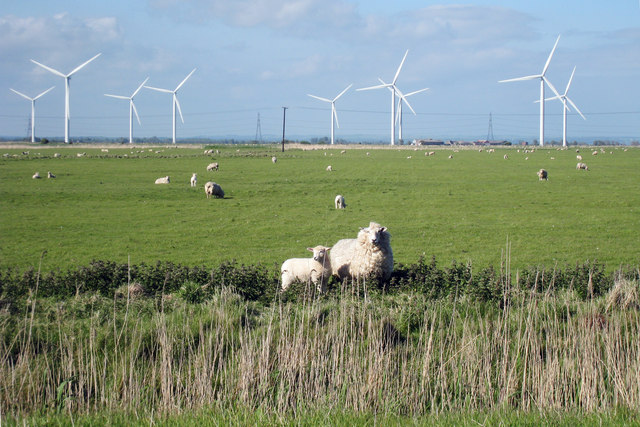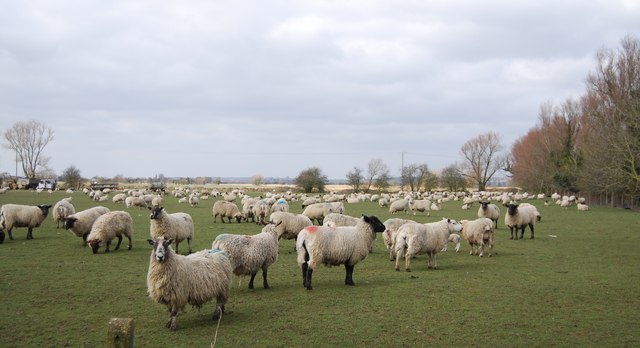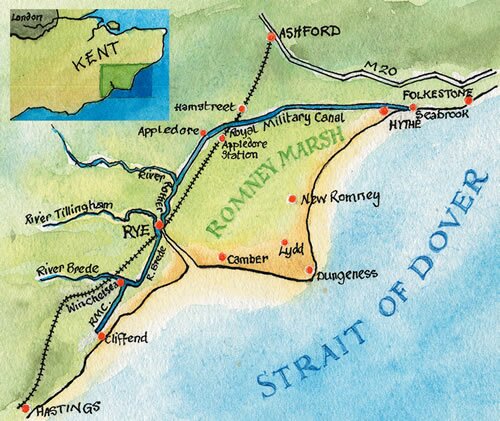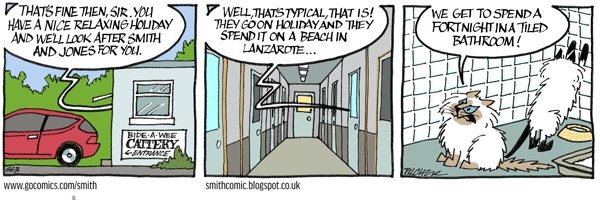Originally posted on the forum at the Snow Sez blog (currently down for maintenance) last autumn.
It is a truth universally acknowledged that whenever two or three cartoonists are gathered together, they will eventually compare pens (but only after complaining about their editor/syndicate/scriptwriter/bank balance). I have my pens out - let's go…
Ideas
I don't know where they come from - but I tend to keep a sheet of paper next to me at work which I scribble ideas onto when they come. The problem tends not to be getting the gags so much as alighting upon a subject to work on. Once the subject or situation is there the gags arrive by applying a sort of comic logic to it. I like to write the strips well in advance - a habit I got into when writing a cartoon strip for the Daily Mirror in the 90s. I currently have Smith written up to January 2014. All I have to do now is draw them.
Getting the ideas on paper and scripting.
I don't actually script any more - I used to do that when I was writing 'Millie' for the Daily Mirror but now I'm drawing a strip myself I know what I want to draw. Instead I just rough out the dialogue in a steno book ($2.99 for a pack of three from Walmart + air fare to New Mexico) and show where the panels are going to be. If it's a strip that majors on the visuals rather than the dialogue I'll make a few cryptic notes. Here's a sample of my notes for a couple of strips from last August.
These are strips this turned into. As you can see, the second one evolved into something completely different.
Substrate.*
This keeps on changing. I used to draw in sketch books but Derwent stopped making the ones with the paper that suited me perfectly, so now I'm drawing on loose sheets of cartridge paper or Bristol Board. My current preference is 200gsm acid free cartridge from Rymans, which has just the right combination of smoothness and resistance. The paper size is A4 and I fit two strips onto a sheet - I'd like to draw larger but I only have an A4 scanner.
Panels.
Meet the Pilcher Patent Panel-o-matic®. It's a bit of card with a grid on it, and two big strip-sized holes cut out of it. The grid was produced in Adobe InDesign, and shows where the panel gaps should be for strips with two, three, four, five, six or seven panels. All you have to do is place the Panel-o-matic over a blank sheet of paper, mark where the corners are for each strip and then make small marks where the panel gaps should be. Remove Panel-o-matic and join the dots using a ruler. Your strip is now ready for your pencils. If anyone wants to make their own I can provide a pdf of the template, but note that it's been designed for European A4 paper.
Pencils.
Pencilling is very much the first draft of the strip. At this point I just try to get the art down as quickly as I can; refinements like making the characters the correct size and so on tend to happen at the inking stage as I review the errors in the pencils. I used to use a technical pencil with a non-photo blue lead, but lately I've returned to using good old fashioned 2B pencils from Faber Castell. Erasing happens with a putty rubber. (Yes, we call erasers 'rubbers' over here. Stop sniggering.)
Inking.
I'm a pen nerd. Smith is inked with a vast variety of pens and markers, and I'm a big fan of obscure Japanese pigment markers. My current pen combination is
Frames and balloons: Kuretake Zig .08 micron pigment marker
Main drawing: Pilot 0.5 micron pigment market
Whiskers: Kuretake Zig .01 micron pigment marker
Black infill, and Smith's seal points: Muji brush pen
Lettering.
It takes a lot of work for a comic font not to look mechanical, and nine times out of ten it does't match the artwork its applied to. This is why I applaud Theresa's (T. Shepherd - Snow Sez...) choice to create her own font from her handwriting - it's expertly done and looks perfectly natural. I myself prefer to do the lettering by hand on paper, rather than add it in post production. It's my normal handwriting - I don't bother with rulers, I work out the positioning of the letters at the pencilling stage and then just write over the top. Until recently I used Pentel disposable italic fountain pens for the lettering, but I found the nibs didn't last very long, so I've reverted to using good old fashioned Tempo pens instead.
Scanning.
After a quick once over with a rubber (I said stop sniggering) the art is ready for scanning. I scan in greyscale at 150 lines to the inch, which leads to a scan about 1800 pixels wide. Irritatingly, Canon no longer updates the drivers to my scanner, which means it is no longer works with my current Mac - so when ever I do a scan I have to start up a ten year old iMac with a seven year old system, do the scans, and then transfer them over to my new one.
Photoshopping.
Once the cartoon is on the right Mac, I open it in Photoshop. First of all, I adjust the contrast to make the blacks blacker and the whites whiter, and then clean up any spots that may have appeared on the scan. The GoComics and blog addresses are added to the bottom, the artwork is flattened, and then a macro is applied which converts the strip to RGB and splits it into three layers, one on top with the line art on it, set to multiply, plus two other layers underneath. The bottom layer is used for colouring in backgrounds, and fine detail goes onto the middle layer. Other layers may be created if I want to use a special lighting effect, but this doesn't happen often. My colouring aesthetic comes from Herge's TinTin books, so I prefer flat areas of colour. My preferred palette is the wonderfully named DIC Colour Guide, which comes as standard with Photoshop and provides the fairly muted colours I prefer.
Exporting.
For GoComics I export one version at 600 pixels wide in the GIF format. I use flat areas of colour so using GIF provides me with sharper art with a smaller file size than an JPG would. Another GIF at 1200 pixels wide is exported for uploading to my blog. Then the original Photoshop file is saved as an original for future use.
And that's all there is to it.
*nerdy word for paper
Update
Of course, I can't be expected to stick to the same combination of paper and pens for long - I'm constantly experimenting and working my way through the variety of pens available at
M Saltmarsh in Tunbridge Wells. I've reverted to the non-photo blue technical pencil and discovered the Sharpie range of pens which recently arrived in the UK. Lettering is now done with a cartridge pen with a fine italic nib. The paper is 220gsm Heavyweight papier dessin épas from Daler-Rowney which I bought in a job lot when Hobbycraft were having a sale.
























